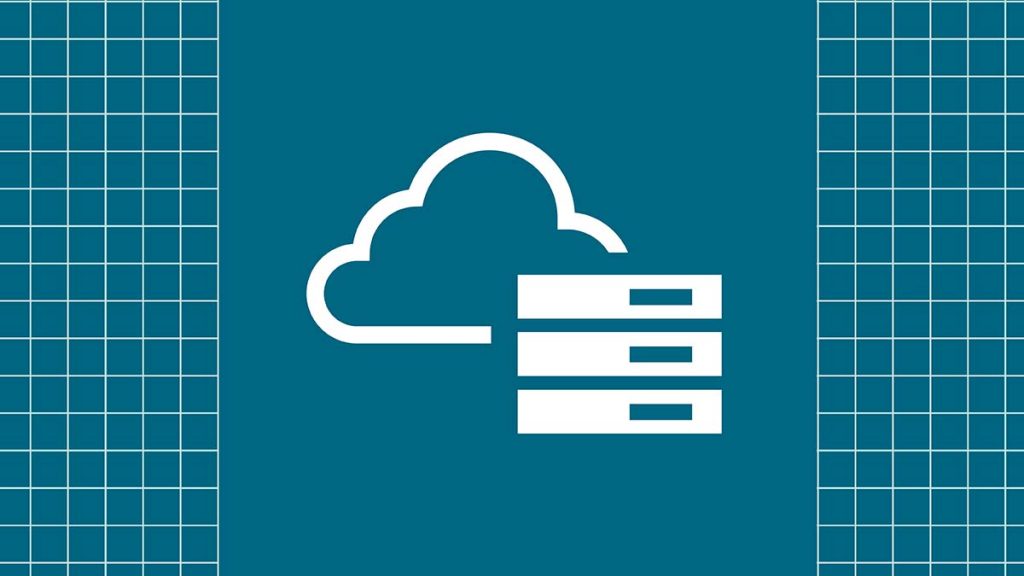When you ask yourself about possible solutions for multi-cloud vs. hybrid cloud, you must start with the basics. For starters, what is a multi-cloud and what are hybrid cloud integration challenges?
What is a multi-cloud?
To begin with, all these “cloud” terms may seem like an advertising gimmick run amok, yet this is not the case. The true definition for a multi-cloud is “the use of multiple cloud computing and cloud storage services in a single heterogeneous architecture.” Therefore, the term “multi” incorporated into the word “cloud” gives way to using two or more public clouds, as well as private ones.
Multi-cloud pluses
A definite plus for the multi-cloud environment is that you can reduce your dependence on any individual cloud source. Another perk is that you can increase your ability to offset future problems that may occur down the road. But, let’s be real, no one provider for the cloud can do everything.
Further, the multi-cloud differs from the hybrid cloud because it refers to multiple cloud services rather than multiple deployment modes.
Negatives
Multi-cloud has some negative aspects to its roster. When it comes to security and control, it’s complex and this can create issues that are difficult to solve. Also, the selection of the right cloud and service supplier can be daunting for the consumer to pinpoint for their specific needs.
Why a hybrid cloud?
The answer to what is a hybrid cloud differs from multi-cloud. People tend to use these words as if they are the same, but, that is not the case.
According to Wikipedia, a hybrid cloud is “a composition of two or more clouds (private, community or public) that remain distinct entities but are bound together (hence the difference between the two clouds, multi- and hybrid), offering the benefits of multiple deployment models.”
Hybrid cloud benefits
Here are two examples of how hybrid cloud benefits are different from multi-cloud:
- A hybrid cloud will include public and private clouds. Hence, the multi-cloud includes multiple public clouds that can also incorporate virtual infrastructure (including private clouds) and physical.
- Unlike a multi-cloud version, in which clouds are used for different tasks, the elements of the hybrid cloud typically work together in a collaborative fashion. The result is processes and data work together for the result, as well as interconnect in the hybrid environment. But in a multi-cloud state, the user is typically on their own.
Hybrid cloud integration challenges
Like multi-cloud, hybrid cloud integration challenges are a problem as well. Challenges can include traversing clouds and cloud security models, addressing data sovereignty and privacy requirements. Also, choosing the right integration strategy to meet the diversity of environments and requirements all play into these challenges in setting up your hybrid cloud strategy.
When you go with a hybrid cloud, you must make sure that the appropriate measures are in place to avoid these pitfalls.
To find the right cloud solution to be tailor-made for your company, you must examine the evidence to see what works best for your needs. There are no right and wrong answers, every company has different issues that need to be addressed.
To learn more about hybrid architecture, click here.
